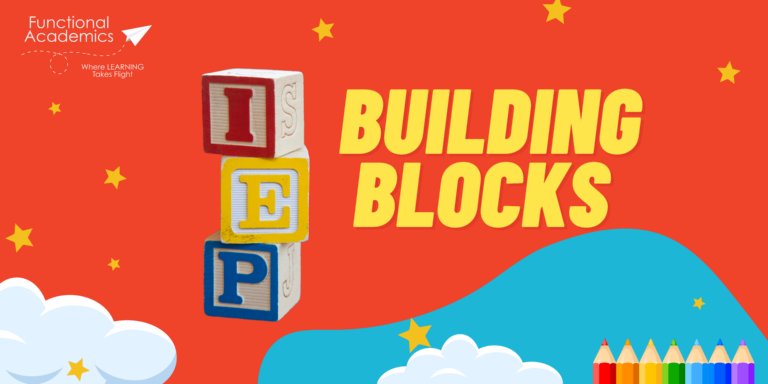
Starting your journey as a special education teacher can be both exciting and challenging, especially when it comes to writing Individualized Education Programs (IEPs). These plans are essential for supporting students with disabilities and helping them thrive in school and beyond. Here’s an overview of the key components of an IEP, with a focus on elementary-level students, to help streamline the process and keep it student-centered. ✨
A strong IEP begins with a clear understanding of the student’s present levels of academic achievement and functional performance (PLAAFP). For younger students, this includes their strengths, challenges, and areas where support is needed. By assessing their needs, you can set the stage for measurable annual goals that guide instruction and support their growth.
To align with federal and state guidelines, an IEP for elementary-level students should include:
Involving younger students in the IEP process promotes self-advocacy and helps them take ownership of their education. Teachers can engage students by:
Research shows that students who actively participate in their IEP process demonstrate improved self-determination and academic success. 🌱
For resources to guide students through developing their own IEP components, visit SDES. Consider using student portfolio development systems to help guide students and their families throughout the process.
For elementary students eligible for extended school year (ESY) services, smooth transitions are essential. Here’s how to make the most of ESY:
Accurate data collection and record management help track student progress and inform instructional decisions. Special education teachers should:
Functional Academics by SDES supports teachers with effective data collection and a streamlined approach. Watch for exciting new platforms coming this summer 2024, designed to help teachers, students, and families thrive.
Writing IEPs is a complex but rewarding process that allows teachers to make a lasting impact on their students’ lives. By focusing on the student’s needs, involving them in the process, and maintaining effective data collection and record management, special education teachers can create meaningful IEPs that support student success throughout the school year and beyond.
At SDES, we are thrilled to share some extremely exciting news that a BRAND new solution is coming this FALL to support you in a game-changing and innovative way!
Remember, you have a community of experienced colleagues and mentors to lean on for support and guidance. Together, we can create a brighter future for our students with disabilities! For more resources and support, visit SDES to explore innovative solutions for champion teachers in special education classrooms.
All the best as you champion IEP excellence! 🌟
Barb Beck
Creative Content Director, SDES
©2024 Specially Designed Education Services
SDES has teamed up with Mundo Pato, Inc., our cloud publishing partner, to create a simple and affordable solution for special educators to use during this critical time.
The Virtual Teaching Materials are a separate supplemental purchase that will greatly enhance the Styer-Fitzgerald Program for Functional Academics or can be used on its own.
Virtual Teaching Materials Pricing 1st year: $1000 non-recurring configuration fee plus 12 x monthly charge.
Students | Per Month | Per Year* |
|---|---|---|
| 0-50 | $150 | $1800 |
| 51-75 | $225 | $2700 |
| 76-100 | $300 | $3600 |
| 101-125 | $375 | $4500 |
| 126-150 | $450 | $5400 |
| 151-175 | $525 | $6300 |
| 176-200 | $600 | $7200 |
| 201-225 | $675 | $8100 |
| 226-250 | $750 | $9000 |
| 251-275 | $825 | $9900 |
| 276-300 | $900 | $10800 |
SDES has teamed up with Mundo Pato, Inc., our cloud publishing partner, to create the full Styer-Fitzgerald Program for Functional Academics in the cloud. *The Styer-Fitzgerald Program in the Cloud Start-Up Fee: a $6000 non-recurring start-up fee will be added to the first year subscription only.
Students | Per Month | Per Year* |
|---|---|---|
| 0-100 | $500 | $6000 |
| 101-125 | $625 | $7500 |
| 126-150 | $750 | $9000 |
| 151-175 | $875 | $10500 |
| 176-200 | $1000 | $12000 |
| 201-225 | $1125 | $13500 |
| 226-250 | $1250 | $15000 |
| 251-275 | $1375 | $16500 |
| 276-300 | $1500 | $18000 |
| 301-325 | $1625 | $19500 |
| 326-350 | $1750 | $21000 |